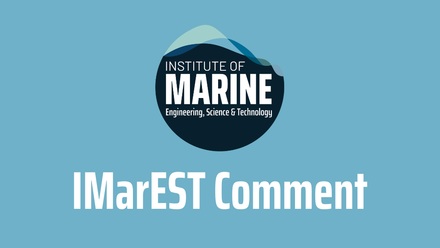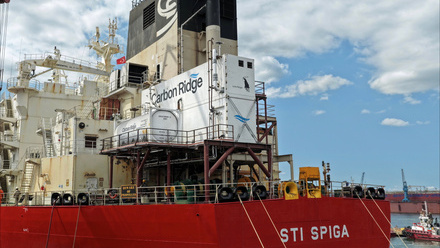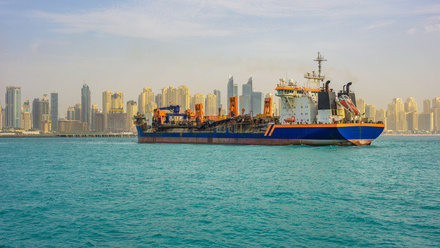AI initiative aims to reduce all global emissions by 1%
We speak to Bjørn Åge Hjøllo, Chief Sustainability Officer (CSO) at NAVTOR, about data-driven decarbonisation and how real-time reporting and artificial intelligence (AI) can expose inefficiencies.
A while back, the CSO at NAVTOR, Hjøllo, made a claim that sounded unbelievable; their new AI-powered project may cut one percent of all global emissions, not just in the shipping sector.
NAVTOR is a world-leading supplier of e-Navigation marine tech for over 18,000 vessels across the world and introduced their Green AI for Sustainable Shipping (GASS) initiative offering to transform fuel systems, emissions and connect shipping in a smarter way, thanks to AI, with backing from multiple organisations, ship owners and funding from the government of Norway.
Data and digital twins to drive decarbonisation
High-precision data via AI allows shipping companies to monitor vessel activity accurately, such as energy use, so efficiency can be fine-tuned, and the competitiveness and sustainability of their vessels can be improved.
“In the GASS project we aim to combine already harvested consumption and automation data (from sensor data, such as fuel meters and noon reports) from our existing clients,” says Hjøllo. “This will be combined with NAVTOR’s high resolution and enriched Automatic Identification System(AIS) data including wind, waves, and current. The combined dataset will give the machine learning AI algorithm required training data to create a digital twin.”
This approach could provide a big step forward towards sustainable shipping by combining vast data from vessels with a digital twin (a digital representation of a physical object or process) that can monitor, analyse, and optimise the consumption of fuel. We asked Hjøllo how this digital twin would work.
“The digital twin will, after validation, be used to predict fuel consumption for the main engine, taking all main factors causing fuel consumption into account, typically speed through water, draft, degradation of hull and propulsion system, but also the metocean conditions along [the] route like wind, waves, swells and sea surface current,” he explains.
This would mean fuel consumption and thereby costs can be saved. “A weather optimisation routine will be trained to find the least costly fuel consumption route from starting to destination port. As we go, the digital twin will adjust and always be up-to-date relative to the vessel’s conditions,” says Hjøllo.
Is the one percent claim viable?
The one percent cutting of global emissions might be ‘best case scenario’ but it shows the potential for AI to transform maritime systems. The figure depends on different variables, yet NAVTOR is confident enough to say their approach can reduce energy consumption, and emissions by 20% directly.
Since NAVTOR products are installed on a third of the world’s vessels, implementing their new technology has the potential to result in a 5% drop in all shipping emissions. NAVTOR laid out a detailed break-down of their projected figures, emphasising these are, so far, potential scenarios.
GASS is one of nine green projects having gained funding from the Norwegian government’s Green Platform Initiative, which has the objective: “To trigger opportunities for green value creation through major projects.”
The AI module used still needs to undergo development and be integrated into the company’s joined-op portfolio, potentially on their NavStation and NavFleet platforms. AI may be complex, but in a maritime context, when used with real-time data, it could make vessel operations cleaner and the transport industry’s sustainable transition even smoother.
Join IMarEST’s Artificial Intelligence in the Maritime Domain Special Interest Group to discover more this subject.
Image: Bjørn Åge Hjøllo, Chief Sustainability Officer; credit: NAVTOR.
Tell us what you think about this article by joining the discussion on IMarEST Connect.






